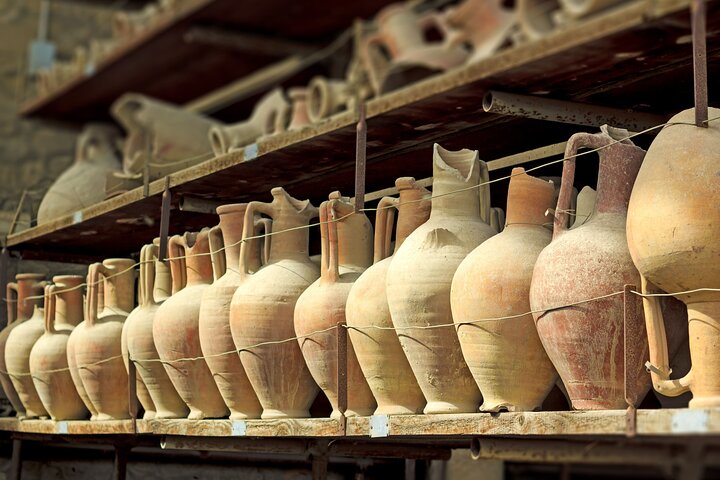Unveiling the Secrets of Herculaneum: A Historian’s Journey
Drawn by my love for ancient history, I embarked on a journey to the Herculaneum Archaeological Park in Ercolano. Join me as I explore the vivid frescoes and well-preserved artifacts that tell the story of a city frozen in time.
A Journey Back in Time
As a former professor of European history, I have always been captivated by the stories of ancient civilizations. My recent visit to the Herculaneum Archaeological Park in Ercolano was a profound experience that allowed me to step back in time and witness the remnants of a world long gone. Accompanied by my wife, we embarked on a two-hour guided tour that promised to unravel the mysteries of this ancient city, buried under volcanic ash in 79 AD.
The moment we entered the park, I was struck by the vividness of the frescoes and the intricate mosaics that adorned the walls of the ancient buildings. These artworks, preserved for centuries, offered a glimpse into the daily lives and artistic expressions of the people who once thrived here. Our guide, a passionate historian, enriched our understanding with tales of the city’s past, weaving together the threads of history with the tangible evidence before us.
The tour was not just a visual feast but an intellectual journey. The guide’s insights into the social and economic structures of Herculaneum provided a deeper appreciation of the complexities of ancient Roman life. It was a reminder of the resilience and ingenuity of human civilization, even in the face of nature’s fury.
The Art of Preservation
One of the most striking aspects of Herculaneum is the remarkable state of preservation of its organic materials. Unlike its more famous neighbor, Pompeii, Herculaneum was buried under a thick layer of volcanic mud, which helped to preserve wooden structures, food, and even textiles. This unique preservation offers a rare opportunity to study the everyday life of its inhabitants in extraordinary detail.
As we wandered through the ancient streets, I marveled at the wooden doors and furniture that had survived the passage of time. The guide explained how these artifacts provide invaluable insights into the craftsmanship and domestic life of the era. It was fascinating to see how the people of Herculaneum lived, worked, and interacted within their community.
The tour also highlighted the ongoing efforts to preserve and protect this invaluable heritage site. The dedication of archaeologists and historians to uncover and maintain these treasures is a testament to the enduring importance of understanding our past. It was heartening to see how modern technology is being employed to ensure that future generations can continue to learn from these ancient wonders.
Reflections on a Timeless Experience
As our guided tour came to an end, I found myself reflecting on the profound connection between past and present. The Herculaneum Archaeological Park is not just a window into history; it is a living testament to the enduring legacy of human creativity and resilience.
For those who share my passion for history and architecture, a visit to Herculaneum is an absolute must. The experience is both humbling and inspiring, offering a unique perspective on the lives of those who came before us. Whether you are a seasoned historian or a curious traveler, the stories of Herculaneum will leave an indelible mark on your understanding of the ancient world.
As we left the park, I felt a renewed sense of wonder and appreciation for the rich tapestry of human history. The Herculaneum Archaeological Park is a place where the past comes alive, inviting us to explore, learn, and reflect on the timeless journey of humanity. I encourage you to embark on this journey yourself and discover the hidden treasures of Herculaneum.











































